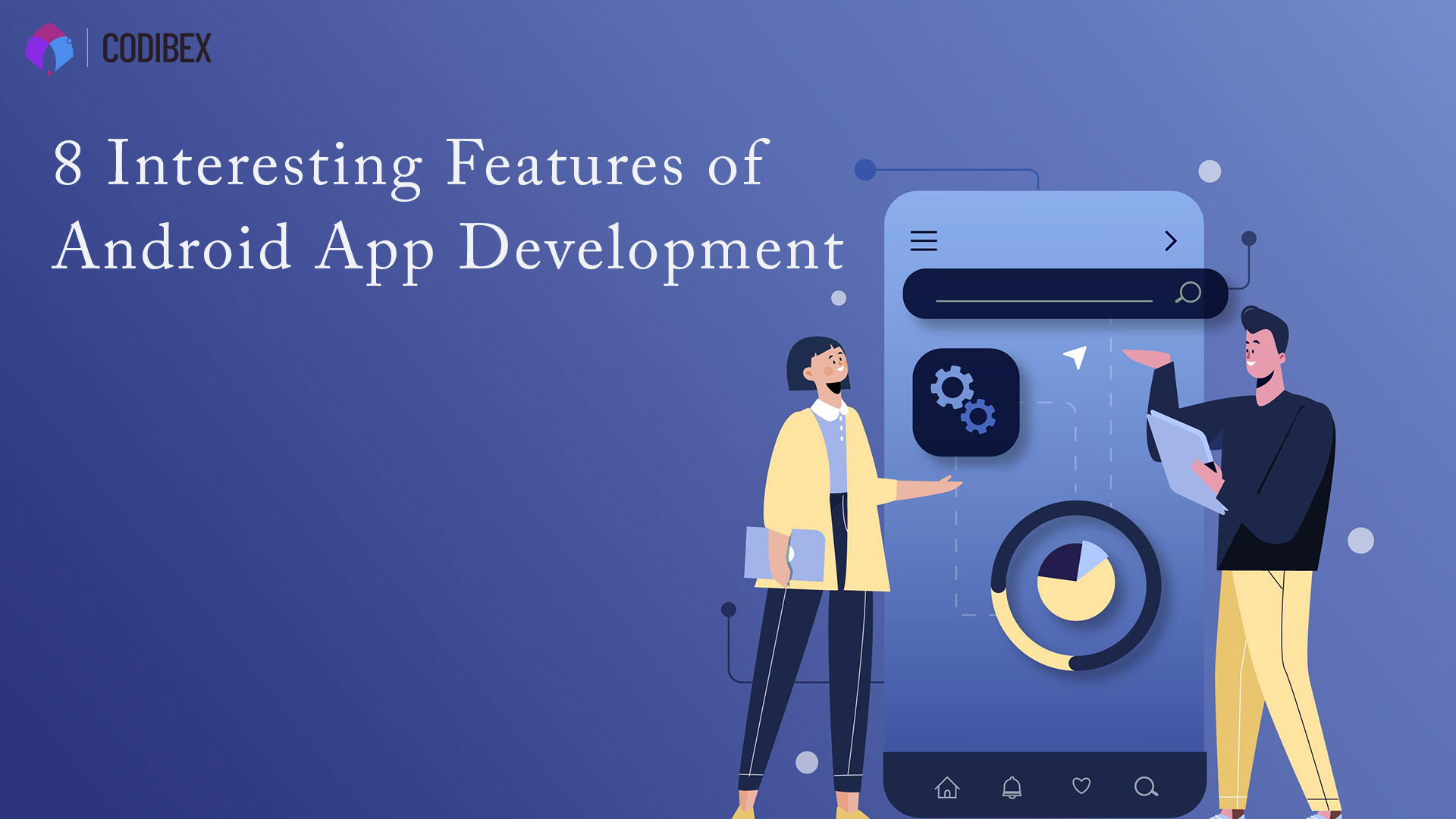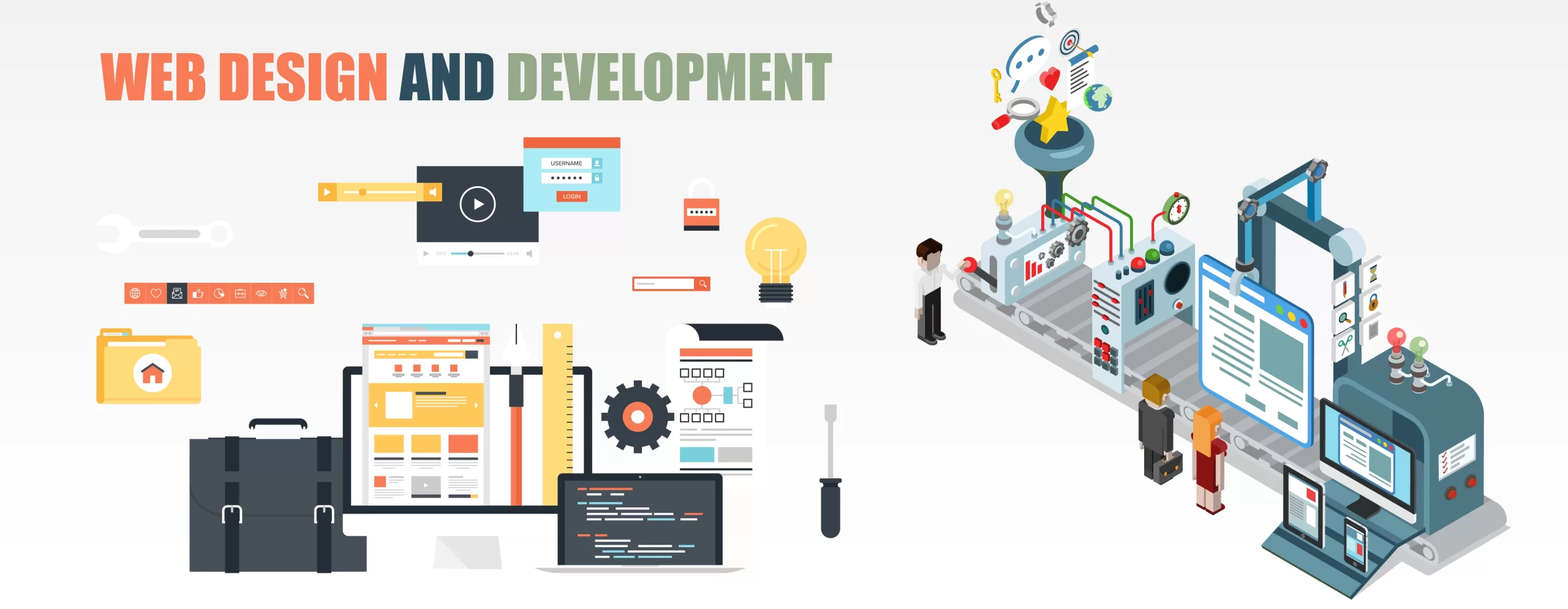
Android, the mobile world’s heartbeat, is constantly evolving. Every line of code in the world of Android app development is a brushstroke on the canvas of user experience. Developers are creating immersive digital experiences by leveraging Kotlin’s prowess for seamless functionality and incorporating cutting-edge features like augmented reality and machine learning. As a result, apps that not only meet but also redefine user expectations are created. This blog is going to discuss all emerging technologies in Android app development with Codibex, which is the Website development company, Codibex always welcomes innovation. Our IT experts have years of experience in empowering your digital dreams.
Flutter App Development: A Widgets and Wonders Symphony
Flutter, Google’s avant-garde framework, emerges as the maestro orchestrating seamless app development. Dart, Flutter’s proprietary language, collaborates with a symphony of widgets to create enthralling user interfaces. The magic is in the single codebase that seamlessly moves between platforms, from Android to iOS. Flutter App development leads to experiences that push the boundaries of traditional development rather than just apps.
8 Interesting Features of Android App Development

There are 8 features of Android App Development that you must know about:
1 Responsive UI/UX Design
A responsive User Interface (UI) and User Experience (UX) design are critical in Android app development. The app’s responsive design ensures that it adapts seamlessly to different screen sizes and orientations, giving users a consistent and visually appealing experience. Moreover, navigation elements that are intuitive and aesthetically pleasing contribute to a positive user experience, making the app more engaging and user-friendly.
2 Augmented Reality (AR) Integration
Augmented Reality (AR) integration in Android apps entails superimposing digital content on the real-world environment using the device’s camera. This function has transformed gaming, education, and even e-commerce apps. Users can immerse themselves in immersive scenarios, visualize products in their natural environment, or engage in interactive educational content, all of which improve the overall user experience.
3 Integration of Machine Learning and AI
Android apps use Machine Learning (ML) and Artificial Intelligence (AI) to provide personalized and intelligent interactions. Likewise, these smart algorithms analyze user behaviour and adapt the app’s functionality to individual preferences, from predictive text suggestions to personalized content recommendations. As a result, this increases user satisfaction and engagement.
4 Integration of Blockchain Technology for Security
The incorporation of blockchain technology into Android apps improves security measures. Blockchain ensures secure and transparent transactions, increasing the trustworthiness of financial transactions within apps. It can also be used to protect sensitive user data, providing a strong defence against cyber threats and unauthorized access.
5 Instant Apps for Quick Access
Instant Apps enable users to access specific app functionalities without installing the app. This feature reduces the friction associated with app downloads by streamlining user interactions. Moreover, users can quickly find the information they require, resulting in a more efficient and seamless user experience.
6 IoT Connectivity
Internet of Things (IoT) connectivity is becoming more prevalent in Android apps. This allows users to control and monitor smart devices from a single app. Likewise, a home automation app, for example, can connect with smart thermostats, lights, and security systems, giving users a convenient way to manage their IoT ecosystem.
7 Biometric Authentication
Biometric authentication, such as fingerprint and facial recognition, improves Android app security. This feature allows users to access their accounts and sensitive information within the app securely and conveniently. In addition, biometric authentication adds an extra layer of security, giving users confidence in the security of their data.
8 Dark Mode for Improved Visual Comfort
Dark mode is a visual feature that improves user comfort, particularly in low-light situations. Dark mode on Android apps displays a dark colour scheme, reducing eye strain and providing a more comfortable reading experience. In addition, this feature caters to user preferences and helps to make the app interface more visually appealing.
What Are the Latest Trends in Android App Development?
1 Integration with the Internet of Things (IoT)
Android apps are increasingly connecting with IoT devices, allowing users to control smart devices from their smartphones. IoT integration improves the overall user experience and adds convenience to everything from smart homes to wearable devices.
2 Support for Foldable and Dual-Screen Devices
App developers are embracing this trend as foldable and dual-screen Android devices become more common. Likewise, developing apps that adapt to different screen sizes and configurations ensures a consistent user experience across a variety of cutting-edge devices.
3 Integration of Machine Learning and Artificial Intelligence
The integration of machine learning and artificial intelligence remains a dominant trend. AI is being integrated into apps to provide personalized user experiences, predictive analytics, language processing, and image recognition. This improves the app’s functionality and user engagement.
4 Integration of 5G Technology
Integration with the Internet of Things (IoT): Android apps are increasingly connecting with IoT devices, allowing users to control smart devices from their smartphones. IoT integration improves the overall user experience and adds convenience to everything from smart homes to wearable devices.
5 Augmented Reality (AR) and Virtual Reality (VR)
AR and VR technologies are gaining traction in the development of Android apps. Immersive AR experiences for retail, gaming, and education, as well as VR applications for simulations and training, are becoming increasingly popular. Likewise, these technologies deliver engaging and interactive content to users.
6 App Security Enhancements
With a greater emphasis on user privacy and data security, app developers are implementing advanced security measures. In addition, this includes strong encryption, secure authentication methods, and adherence to data protection laws. App users are becoming more concerned about their digital security, making this a critical trend for app developers.
HTML & CSS Web Development: Weaving the Digital Tapestry’s Fabric
HTML & CSS Web development is considered to be the architects shaping the digital world in the vast web development landscape. Being the structural backbone, HTML establishes the foundation, while CSS, the artistic maestro, adds the finishing touches. Likewise, they work together to turn static web pages into dynamic, visually stunning experiences. The focus is on responsive design. Thus, ensuring that the digital tapestry adapts gracefully to devices of all shapes and sizes. Websites become more than just pages as the code evolves; they become interactive, engaging stories.



